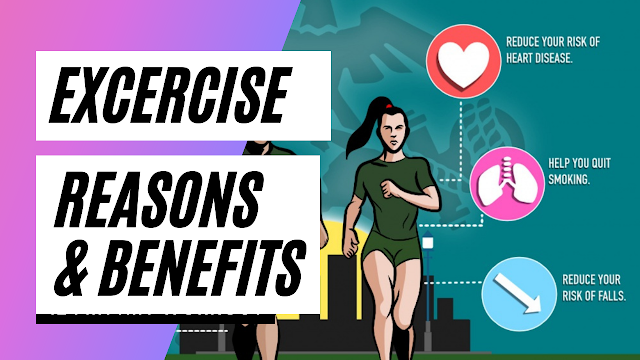E-commerce:
E-Commerce is a common term in which all commercial transactions implemented through electronic mediums are included, with the help of which customers and suppliers exchange products, services or information. E commerce container suit of various technology which includes Electronic Fund Interchange (EFI), Electronic messaging, Electronic Fund Transfer(EFT), Electronic Bulletin Board (EBB), electronic publishing and database services. Online business transactions of products and services are called e-commerce.
Types Of E-commerce:
The following types of e-commerce are found:
1. Business-to-Business(B2B):
Business-to-Business(B2B) e-commerce encompasses all electronic transactions of goods or services conducted between companies. Producer and traditional commerce wholesalers typically operate with this type of Electronic commerce.
2. Business-to-Consumer(B2C):
The Business-to-Consumer type of e-commerce is distinguished by the establishment of electronic business relationships between business and final consumers where customers can exchange products, Services or information with enterprise.
3. Consumer-to-Business(C2B):
In this, a complete reversal of the selling and buying process takes place. This is very relevant for crowdsourcing projects. In this case, individuals make their items or services and sell them to companies. Some examples are proposal for company site or logo, royalty free photographs, design elements and so on.
4. Consumer-to-Consumer(C2C):
This consists of electronic transitions of products and services between two consumers. These are mainly conducted through a third party that provides an online platform for these transactions. Sites, where old items are bought and sold, are examples of C2C e-commerce.
5. Government E-commerce, Business to government and Consumer to government:
Government E-Commerce transactions serve both businesses and consumers. Examples of government to business (G2B) transactions include government auctions, tenders, request for proposal and licence application. Government to consumer (G2C), transactions include things like writing for a marriage certificate for paying for a parking ticket. A key benefit aap government E-Commerce services includes reduced wait times and faster access to government services.
6. Digital Middle E-commerce:
A digital middleman implies an arrangement in which company makes a virtual community portal on internet and includes a number of companies or third party company in this community commercial.
E-Business:
E business is handling of business on internet, which includes sales and purchase along with providing Corporation to the buyers in providing support to the other business partners. The term E-Commerce must used by IBM in 1997 to expand its business. Today most of the companies are making efforts to increase the business by using the capabilities of internet.
A business is a form of e-commerce which means to conducting business on internet. However apart from selling and buying it also includes providing services to buyers incorporating with business partners.
Difference between E-COMMERCE & E-BUSINESS:
E business is an extensive form of e commerce. The scope of e business is more extensive and wide in comparison to e-commerce. E business includes selling and purchasing, providing services to consumers and cooperating with business partner while E-Commerce includes transaction on World wide Web (www) and internet electronic fund transfer, smart Card and digital cash.
Benefits of E-Commerce:
1. Extensive Reach:
The scope of e-commerce in business is not only limited to National boundaries but it extends to international boundaries and help in getting information about new markets.
2. Improved Customer services:
With the help of web portals companies are able to provide later information about products and services to customers which facilitates consumers in choosing the right kind of product, this in turn is increasing the business of the company.
3. Reduction in Transaction Time:
In comparison to the traditional business of selling and buying, a business takes less time because the distribution channels for the products are reduced and consumers can directly contact the companies. This enables the companies to introduce new product in the market and no the reaction of consumers immediately.
4. Reduces Investment Cost:
While doing business through E-Commerce investment cost is reduced because the product do not have to be stored in godowns, also more employees are not needed in the expenditure on advertisements is also reduced comparatively.
5. Increases Volume of Business:
With the help of e-commerce it becomes easier to reach the large number and variety of customers and also find out new markets, this in turn increase the business and more profits can be earned.
6. Facilities to Customers:
Through E-Commerce immediate and efficient services can be provided to consumers and they can easily get information about new products setting at home.
Drawbacks/Limitations of E-Commerce:
1. This model does not involve direct and personal contact with customers does this this model is not suitable for clothing and Jewellery Business.
2. The web portal provider clear picture and detailed description of products, but the customer is not able to check the products by actually seeing them or touching them.
3. The transactions are finalized very quickly, but the actual delivery of product to the consumer takes longer time in unnecessary delays also occur sometimes.
4. If the products are not received as for the final contract, it can be stressful to return the product and also it will take long time period.
5. The online transaction involves lot of risk related to financial loss, credit loss and psychological loss.
Thank you for visiting our page.










Nice content
ReplyDelete